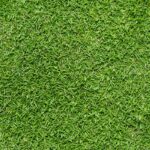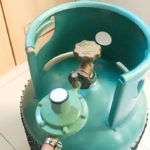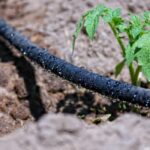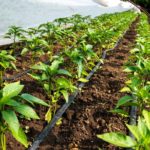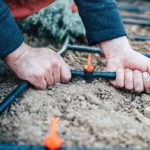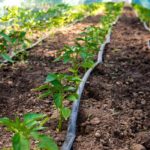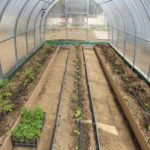Drip irrigation is among the best irrigation methods for your plants, but running it for an excessive amount of time can be harmful to them. Since water is applied right at the root zone, you need to be especially careful to avoid overwatering. So, what’s the best time to water your plants with a drip irrigation system?
The best time to run your drip irrigation system is at night, as the soil will be able to absorb the maximum amount of water before sunrise. Having complete information about your drip system and the kind of soil you have will help you calculate the optimal length of time to run the system.
A general rule of thumb is that if the plant isn’t wilting, then it’s probably getting the correct amount of water. But there’s a bit more to the story. Let’s look at the best time for drip irrigation and how long should you run the system to keep your plants healthy and happy.
When Should You Turn on Your Drip Irrigation System?
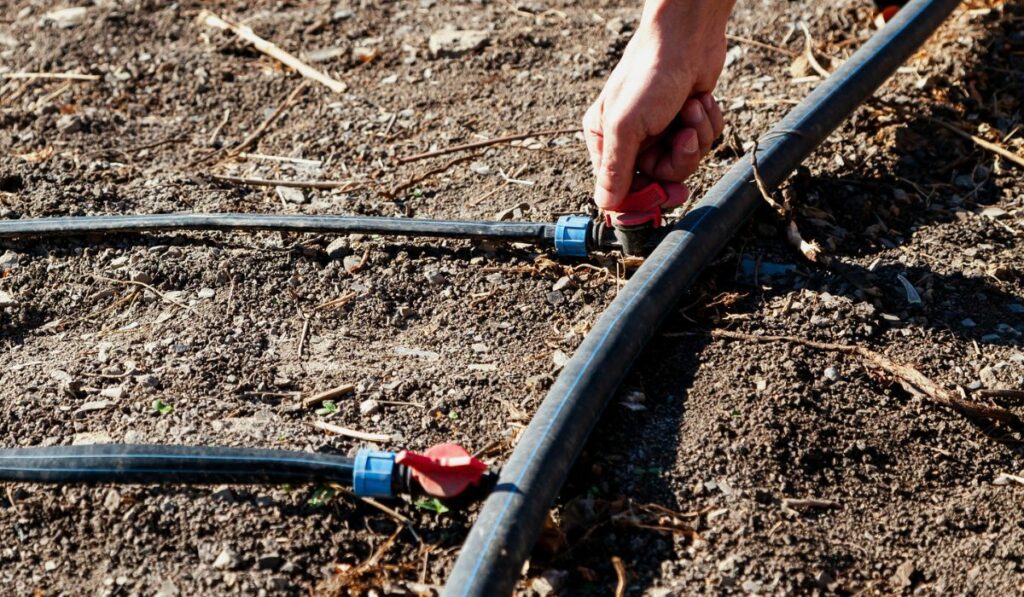
The best time to run your drip irrigation system (on Amazon) is after nightfall. This will allow the irrigation cycle to end well before sunrise and the soil to soak the maximum amount of water. During the night, wind speed and temperatures are much lower and humidity is higher, which means less evaporation.
Also, there’s no solar radiation to contribute to evaporation. It’s estimated that the amount of water loss during nighttime is around 15%, depending on temperature, wind speed, and humidity.
How Long Should Drip Irrigation Run For?
Before you can calculate the length of time that you should run your drip irrigation system, you’ll need to collect some basic information about your system. This includes the width of your plant’s rooting system, your drip tube’s flow rate, and your soil’s available water holding capacity and texture.
Typically, plants need 1-1.5 inches of water per week. If you’re using plastic mulch for your subsurface irrigation system, then you’ll need to apply the whole amount irrespective of rain events.
However, if you’re using a water-permeable mulch or a surface drip irrigation system, then you should deduct the amount of rainfall received by the field and then apply the water. For example, if there’s been ½-inch of rain, then deduct ½-inch of water from the amount of applied irrigation water for that week.
In order to find the correct run time of your drip irrigation system, you’ll need to take into account the soil texture and its available water holding capacity, as these factors help to find the rate with which water moves through the soil.
For instance, if you have sandy loam that has available water holding capacity of 0.12-inch and a 0.45 gallons per minute per 100-foot drip tube flow rate, then you’ll need to run the drip system for 110 minutes every 24 hours to avoid runoff and leaching. Repeatedly run the system until 5.8 hours are completed in a week to apply 1-inch of water.
How Many Times Per Week Should You Water?
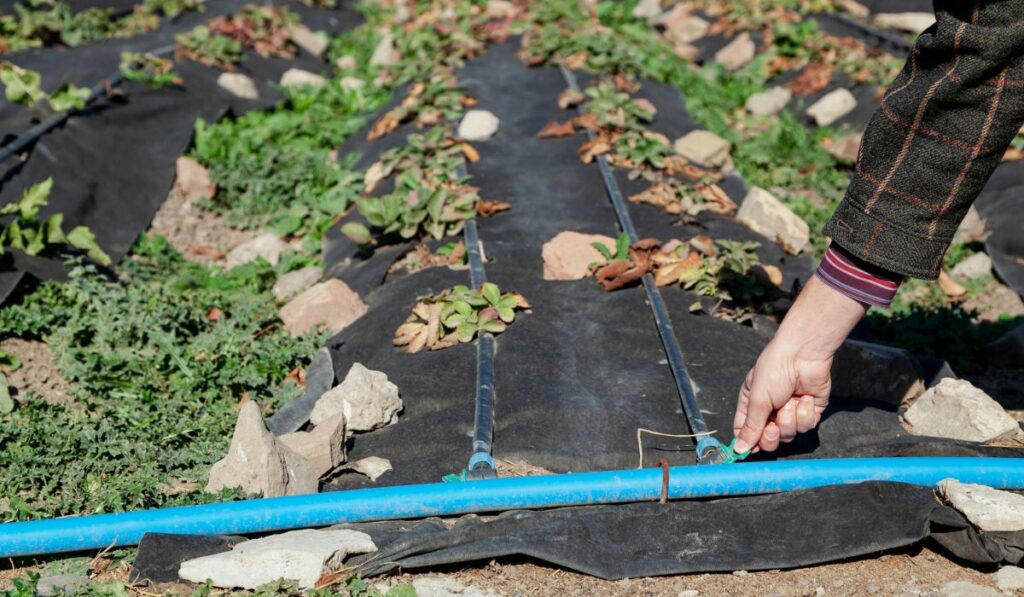
Underwatering or overwatering your plants can have serious effects on their health. That’s why it’s essential to know about the specific watering needs of your garden or yard. The drop-by-drop application of water in a drip irrigation system means that water is applied to the plant roots slowly and steadily.
Before calculating the number of times you should run your system in a week, you’ll need to find out the number of hours you’ll need to run your system. To do this, divide the gallons of water needed to irrigate your lawn with the gallon per minute flow rate of your drip tube.
Let’s take an example to understand this better. Suppose your lawn needs 11,405 gallons of water per week and the flow rate of your drip tube is 32.67 GPM. Divide these two values, and you’ll get 5.8 hours, which is the number of hours you’ll need to run the system every week.
A drip irrigation system typically runs longer than other systems. That’s why run times of up to an hour are not uncommon. These systems are set up to run once a week; however, you can run it twice or three tiems a week for soils that need frequent watering, like sandy soils.
Mistakes to Avoid When Watering
One of the most common mistakes made by homeowners is running the drip irrigation system too many days in a week. It’s crucial to remember that plants need less watering compared to grass.
That’s why, the recommended watering schedule for the summer months is three times a week; for winter, it’s once a week; and you should run the system twice a week in spring.


